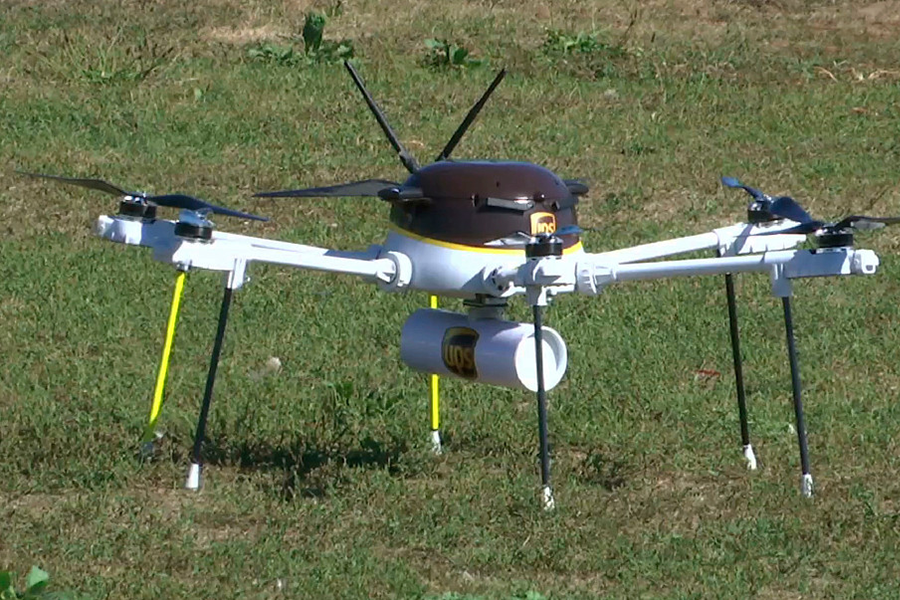Could your next burrito be delivered by drone?
Just when you thought that the prospect of drone deliveries could not get more exciting, Google’s Alphabet figured out how to deliver burritos by drone.
Alphabet’s burrito delivery experiment, Project Wing, is already making food deliveries to the campus of Virginia Polytechnic Institute and State University. In the future, researchers say that the delivery drones could be used to deliver food, batteries, and other emergency supplies to emergency workers in disaster areas.
"That was a fun novelty to experience," university worker Ingrid Mans, who experienced food delivery via the experiment, told Bloomberg. "It would be cool to see it applied to more important things than fast-food delivery though."
A recent test on Virginia Tech’s campus saw Project Wing drones pick up burritos from a hidden Chipotle food truck and deliver them directly to the people who had ordered them.
Currently, Project Wing tests are controlled, and very secretive. Yet while the project is able to test out its technology in a controlled environment for now, Alphabet will have to deal with flight patterns, regulations, and planning if the service goes mainstream.
The company plans to share information with the Federal Aviation Administration, in order to help the FAA regulate delivery drones properly. Project Wing researchers must also determine how to ensure safety around the drones themselves – for the tests on Virginia Tech’s campus, viewers are kept away from harm by safety netting and personnel, a scenario unlikely to be repeated in real world delivery situations.
Google is just one of several companies exploring the exciting possibilities of drone delivery.
Online retailer Amazon has been exploring drone delivery for some time, with vice president of global public policy Paul Misener telling the House Oversight Committee in 2015 that delivery drones were on their way.
In April 2015, Amazon received FAA approval to begin testing drone delivery. Wal-Mart followed in October.
“Drones have a lot of potential to further connect our vast network of stores, distribution centers, fulfillment centers and transportation fleet,” Wal-Mart spokesman Dan Toporek said in a statement at the time. “There is a Walmart within five miles of 70 percent of the U.S. population, which creates some unique and interesting possibilities for serving customers with drones."
This summer, Amazon announced a partnership with Britain's Civil Aviation Authority (CAA), allowing the online retailer to test drive its autonomous aerial technology and its delivery capabilities.
Yet although there is most definitely interest in drone delivery, regulations lag far behind technology, particularly in the United States.
The FAA has placed strict regulations on commercial drone testing in the United States, and while the regulatory body was expected to develop guidelines for drone regulation by last September, it failed to meet that goal and delivered the rules about a year over deadline.
Food and parcel delivery are just two of the many drone uses that experts foresee for the future.
“There are lots of good uses for drones that will come to pass: using them for inspections, for law enforcement, for agriculture, for delivering medicine to isolated areas,” Richard Whittle, author of the book "Predator: the Secret Origins of the Drone Revolution,” told The Christian Science Monitor last year.









